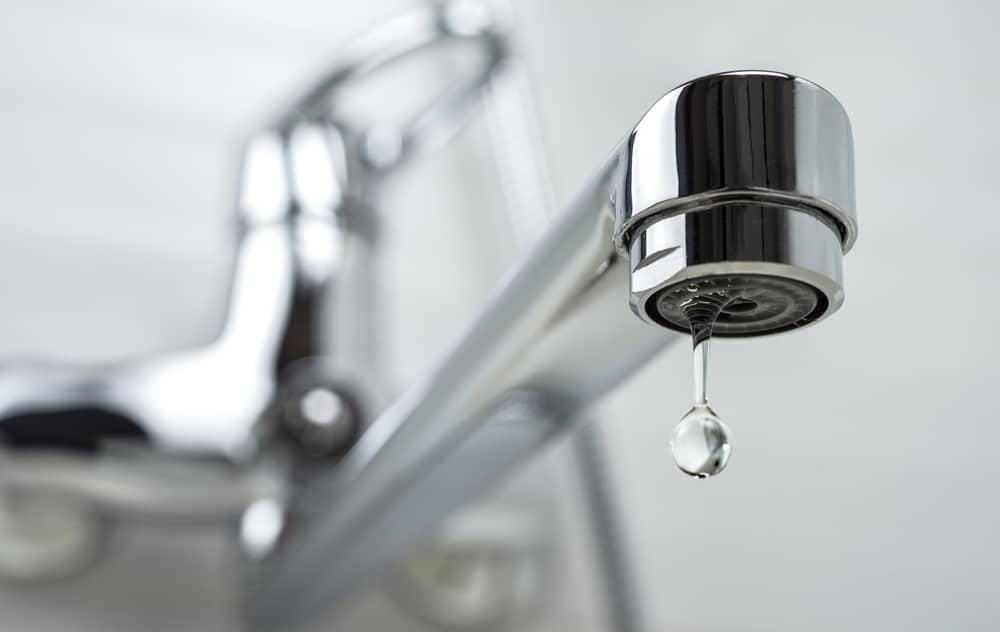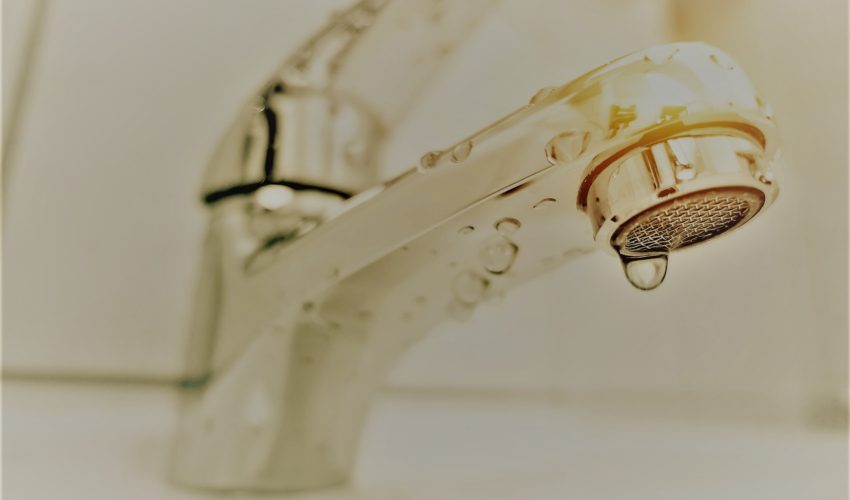Effortless Processes to Enhance Low Water Pressure in Your Home
Effortless Processes to Enhance Low Water Pressure in Your Home
Blog Article
Are you interested in advise around 4 Ways to Troubleshoot Low Water Pressure?

Low tide pressure in your house can be an irritating trouble, influencing whatever from showering to washing recipes. If you're experiencing weak water flow, there are a number of feasible reasons and solutions to explore. In this guide, we'll discuss usual factors for low tide stress and functional actions to resolve the concern properly.
Intro to Low Tide Stress
Low tide stress occurs when the circulation of water from your taps, showers, and other fixtures is weak than usual. This can make daily tasks extra difficult and less effective. Recognizing the reasons for low tide stress is essential to discovering the ideal remedy.
Common Root Causes Of Low Tide Stress
Faulty Pressure Regulators
Pressure regulators are responsible for keeping consistent water pressure in your home. If they malfunction, it can result in low water pressure or uneven flow throughout the house.
Municipal Water Issues
Occasionally, the issue exists outside your home. Municipal supply of water problems, such as main line leakages or maintenance job, can momentarily lower water pressure in your area.
Pipe Obstructions
In time, pipelines can come to be obstructed with mineral deposits, sediment, or particles, restricting the circulation of water. This is a common problem in older homes with galvanized steel pipes.
Rust
Deterioration within pipes can lead to leaks and decreased water pressure. Rust accumulation can tighten water flow, particularly in maturing plumbing systems.
How to Identify Low Tide Stress
Evaluating Pipes
Inspect noticeable pipes for indicators of leaks, rust, or clogs. Focus on any type of unusual sounds, such as banging or rattling pipelines, which could show concerns within the plumbing system.
Consulting with a Plumber
If you're incapable to identify the cause of low tide pressure, think about employing an expert plumber to perform a thorough examination. They can identify underlying issues and suggest ideal services.
Checking Faucets and Fixtures
Begin by testing the water stress at various taps and components throughout your home. If the issue is separated to details locations, it might suggest local troubles.
DIY Solutions to Fix Low Tide Pressure
Flushing Water Heater
Sediment accumulation in the hot water heater can limit flow and reduce effectiveness. Purging the container periodically helps get rid of debris and keep optimal performance.
Examining Pressure Regulator
Make sure that the pressure regulatory authority is functioning properly. Adjusting or replacing the regulator can assist bring back appropriate water pressure throughout your home.
Cleaning Up Aerators and Showerheads
Mineral deposits can accumulate in aerators and showerheads, minimizing water circulation. Get rid of and cleanse these parts routinely to enhance water pressure.
Cleaning Clogs in Pipes
For small blockages, try using a plumbing snake or chemical drain cleaner to clear blockages in pipelines. Be cautious when making use of chemicals and follow security standards.
When to Call an Expert Plumber
If do it yourself efforts stop working to fix the concern or if you think considerable plumbing problems, it's finest to look for assistance from a licensed plumber. They have the knowledge and devices to deal with complicated problems securely and properly.
Preventive Measures to Preserve Water Stress
Installing a Stress Booster
Think about setting up a pressure booster pump to boost water stress in areas with constantly reduced circulation. This can be particularly beneficial for multi-story homes or residential properties with high-demand fixtures.
Tracking Water Usage
Bear in mind water use routines and avoid ill-using the plumbing system. Simple changes, such as staggering showers and washing tons, can aid maintain sufficient water stress.
Normal Maintenance
Set up routine maintenance for your plumbing system to stop concerns such as corrosion, leaks, and clogs. Addressing small issues early can aid avoid even more considerable fixings later on.
Verdict
Handling low tide pressure can be irritating, however recognizing the underlying causes and implementing proper remedies can bring back ideal circulation throughout your home. Whether it's cleaning up aerators, checking pipelines, or talking to a plumber, taking aggressive steps can guarantee a steady supply of water for your daily needs.
FOUR WAYS TO FIX LOW WATER PRESSURE NOW
Turning on a shower or faucet only to find the water comes out in a sad, slow drizzle is never a good feeling. How exactly are you supposed to wash a pan or take a quick shower when it takes 10 minutes just to rinse off a little soap? The good news is that when your water pressure is bad, there's always a cause: typically one that can be easily fixed. Here are some of the most common causes of low pressure and what you can do to fix the issue:
DEBRIS AND MINERAL DEPOSIT BUILDUPS
If you notice low water pressure from just one or two of the fixtures in your house, the problem likely has to do with debris buildup. Water is full of minerals and other debris, all of which can accumulate in your pipes and on your fixtures. This can cause a blockage that affects how much water flows through. To fix this, try filling a small plastic bag with white vinegar, and use a rubber band to hang it around your showerhead or faucet. Let the head of the fixture soak for a few hours, and the vinegar should loosen the deposits.
WATER LEAKS
Leaks are another common cause of low water pressure. If water is flowing out of your plumbing through a hole or crack before it can reach your fixture, the pressure coming out of the faucet or showerhead will be lower. A plumbing professional is your best bet for finding and repairing a leak in your water supply pipes.
Leaks are another common cause of low water pressure. If water is flowing out of your plumbing through a hole or crack before it can reach your fixture, the pressure coming out of the faucet or showerhead will be lower. A plumbing professional is your best bet for finding and repairing a leak in your water supply pipes.
A VALVE ISSUE
If you have low water pressure throughout your home, check your main shut-off valve to make sure it's completely open. You may also want to see if there's a pressure-reducing valve installed. If there is, have a plumber help you adjust the settings to get the pressure you're looking for.
OTHERS USING WATER
Believe it or not, your low water pressure could be caused by your neighbors. If you notice low pressure at certain times of day, it may be because you and the people living next to you have similar schedules - when everyone is showering at the same time, the pressure will be lower in every home. Low pressure throughout the neighborhood may also be caused by an issue with your municipal water supply. If that's the case, call the supplier to see if they're working on the issue.
https://www.rotorooter.com/blog/water-leaking/low-water-pressure-fixes/

Hopefully you enjoyed reading our excerpt on 9 Reasons for Low Water Pressure in Your House. Thanks for spending some time to read through our piece. If you appreciated our article if you please be sure to share it. Thank you for going through it.
Schedule Service Now Report this page